Near the members of the genus Oxypogon are the various species of Ramphomicron, another bearded group, but differing in the total absence of any lengthened plumes on the crown, and in the structure and colour of the pendent chin-feathers. It will only be necessary to glance at the plates on which these species are depicted to perceive that, though they bear a general resemblance to the Oxypogons, they are generically distinct from them. Their short and feeble bills indicate that they feed on a similar kind of insect food; and we know that such flowers as those of Sida and other plants with open corollas are frequently visited for the insects which abound therein.
It is said that the members of this genus fly with great rapidity, and that, like flashes of light, they are constantly dashing about the hill-sides from one flower to another. It must be extremely interesting to watch the aérial movements of these comparatively large birds among the lofty regions they frequent, and where the air is so pure and rarefied. In all the hilly countries, from the Caribbean Sea southward to Bolivia, are the members of this genus to be obtained; in the neighbourhood of Bogota one of them is very common: this bird (the R. heteropogon) extends its range from thence to about the latitude of Popayan, while the little R. microrhynchum is equally abundant in New Granada and Ecuador. At Quito, or around those towering mountains immediately under the equator, we find the R. Stanleyi and R. Herrani; while Bolivia gives us the R. Vulcani and the R. ruficeps.
Ramphomicron heteropogon
Habitat: New Granada
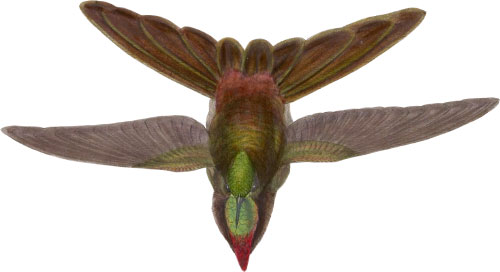 Plate 184
Ramphomicron heteropogon
Columbian Thorn-bill
Plate 184
Ramphomicron heteropogon
Columbian Thorn-bill
I possess two very marked varieties or races of this bird, one being much smaller than the other: the large race, I believe, is from Pamplona, and the smaller from the neighbourhood of Bogota.
Ramphomicron Stanleyi
Habitat: Ecuador
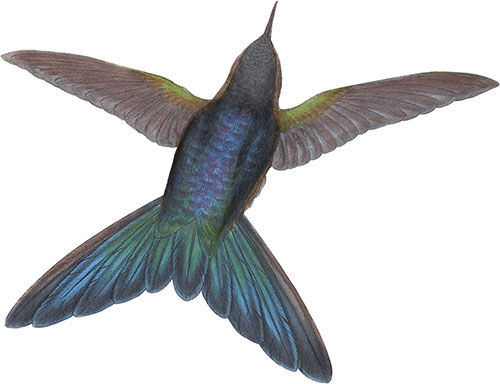 Plate 185
Ramphomicron Stanleyi
Stanley’s Thorn-bill
Plate 185
Ramphomicron Stanleyi
Stanley’s Thorn-bill
Ramphomicron Herrani
Habitat: Ecuador
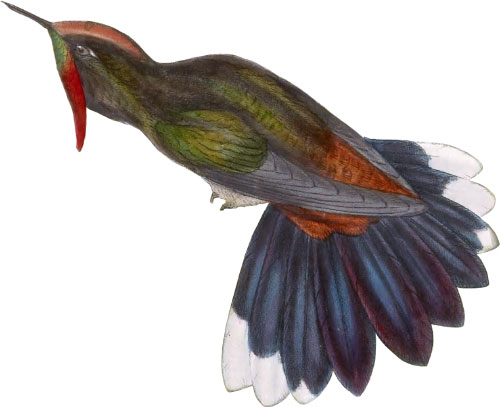 Plate 187
Ramphomicron Herrani
Herran’s Thorn-bill
Plate 187
Ramphomicron Herrani
Herran’s Thorn-bill
Ramphomicron ruficeps (Gould)
Habitat: Ecuador
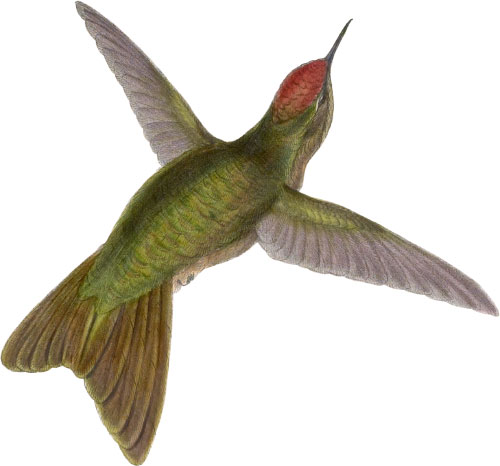 Plate 188
Ramphomicron ruficeps
Red-capped Thorn-Bill
Plate 188
Ramphomicron ruficeps
Red-capped Thorn-Bill
Ramphomicron microrhynchum
Habitat: The Andes from the Equator to seven degrees north
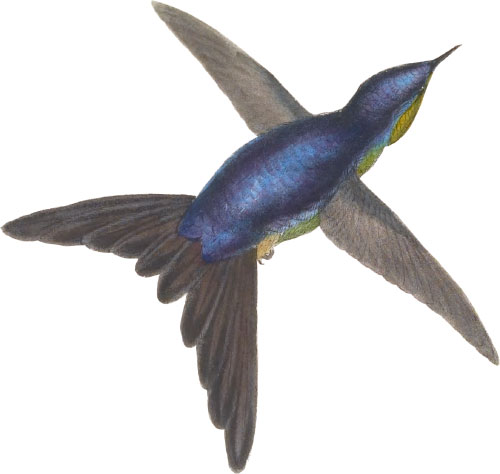 Plate 189
Ramphomicron microrhyncha
Thorn-bill
Plate 189
Ramphomicron microrhyncha
Thorn-bill
Featuring all 422 illustrated species from John Gould’s A Monograph of the Trochilidæ, or Family of Humming-Birds arranged by color.